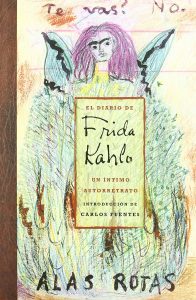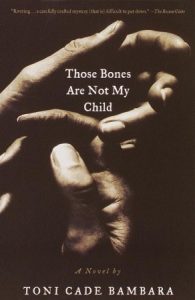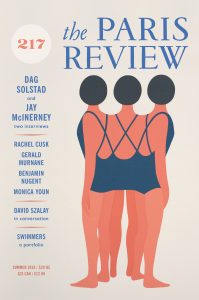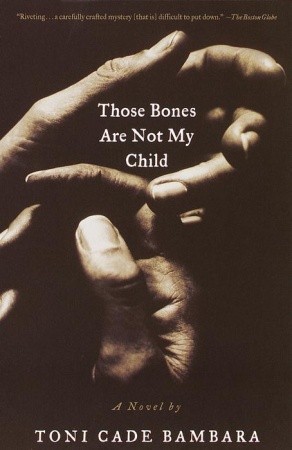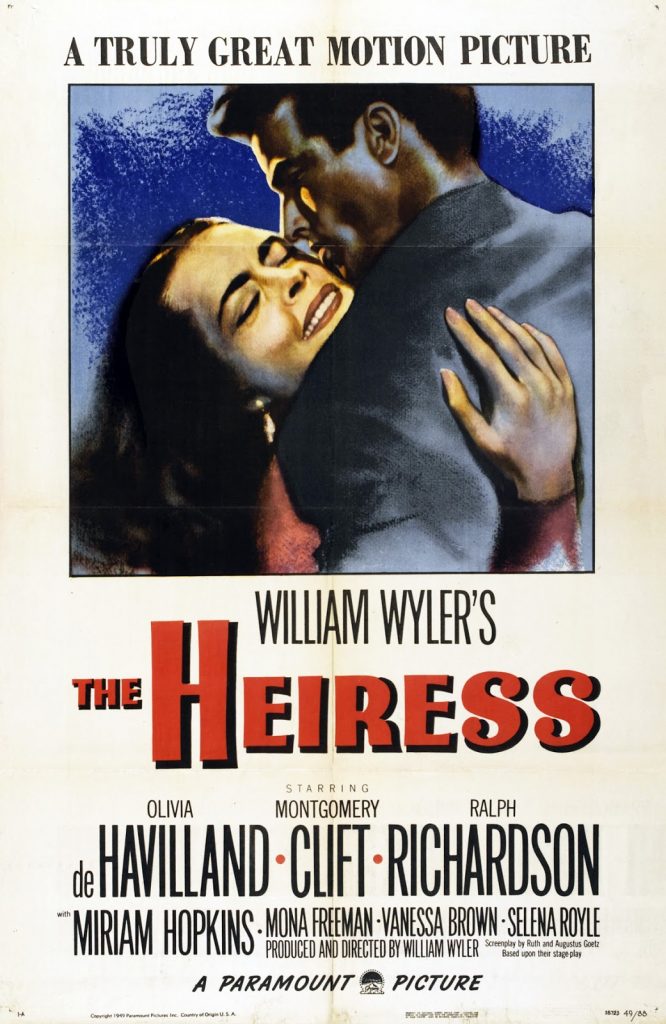Summer’s Most Surprising Books: 5 Picks That Will Change Your View of Lazy, Summer Reading
BY Alden Ceasar //What are the best books for summer?
Between the vacations, outdoor activities, and blockbuster movies that are integral to the summer season, it’s important to have a reading list worth stepping away from the sunny weather for. As PaperCity’s editor-in-chief Holly Moore wrote in her letter from the editor in the July/August print issue, “Save War and Peace for fall.”
Take a stab at this eclectic and intriguing list of books instead. This is a different type of summer reading list:
1. The Diary of Frida Kahlo: An Intimate Self-Portrait
This past Sunday I visited the Museum of Fine Arts, Houston to check out one of the most buzzed about exhibits in town this summer – Painting the Revolution: Mexican Modernism 1910-1950. I was expecting to enjoy a relaxed stroll through the exhibit, but instead I stumbled into a pilgrimage.
In front of every major art work was a couple or family who had shoved their way through a group of spectators, myself included, for a photo-op. It wasn’t until I was standing in front of either of the three Frida Kahlo paintings that I considered bum-rushing my way through the crowd for my own photo. To be honest, she was the only artist whose work I came to see.
After unsuccessful attempts at capturing a photo of The Suicide of Dorothy Hale (some abuelita’s shoulder was in the corner of every photo), I put my phone away and enjoyed the view. Understanding Kahlo’s motive for painting was far more important than geo tagging my experience on Facebook. Like the exhibit, The Diary of Frida Kahlo is an experience that shuns tradition and provides cryptic insight into the day-to-day life of an artist.
Kahlo’s personal diary is paramount but not in the way of dense Andy Warhol or Vincent Van Gogh tomes. Kahlo’s diary is as cryptic as one would expect an artist’s diary to be. She does not mention what she ate for breakfast or who she met on her trips to Europe or America. Kahlo documents her life in a more roundabout way with single word entries, lists, and as expected, drawings.
If finding oneself at a packed Frida Kahlo exhibition is not as satisfying as it should be, her diary will sustain your curiosity about one of the world’s most memorable artists.
2. Those Bones Are Not My Child by Toni Cade Bambara
In this well-researched novel, Toni Cade Bambara examines and immortalizes a devastating slice of American history that was nearly erased by a city’s desperation to remain the convention capital of the nation. Bambara spent close to 12 years working on the most prolific creative perspective on the Atlanta Child Murders of 1979-81. Editor Toni Morrison calls this Bambara’s “magnum opus.”
In the novel, Bambara examines the life of a separated mother whose son goes missing in Atlanta at a time when scores of black children were being kidnapped and found dead in rivers, alleys, and under floorboards of abandoned buildings throughout the city. The protagonist, Zala Spencer, and the majority of the victim’s mothers, are forced to put aside their devastation, and coerce a reluctant city police force into searching for their missing children.
After a lackadaisical investigation, and what many call a framing of the suspect, Wayne Williams is convicted of murdering more than 40 children. The city goes back to normal and Zala is faced with the reality that the community doesn’t dwell as she has on the loss. At 679 pages, the novel is dense, devastating, and insightful, and well worth the read.
3. Bad Behavior by Alexia Arthurs
Recently our country has seen a fresh and popularized perspective on immigrants. First-generation narratives have galvanized comedy, literature, and a myriad of entertainment mediums. Last summer I had the pleasure of meeting Jamaican-American writer Alexia Arthurs as a participant at the Iowa Young Writer’s Workshop (Arthurs is an alum).
After exchanging glances over the course of two weeks, we finally exchanged words, and her soft voice and bubbly personality was no match for the intensity of her writing. Arthurs’ prose examines the duality, sexuality, and the everyday life of Jamaican-Americans. In their summer of 2016 issue, the Paris Review featured Arthur’s short story, “ Bad Behavior.”
The story is told in the third person about Stacy, an American teen who is sent to stay with her strict grandmother in Jamaica because her post-pubescent figure has begun to sexually pique the interest of men. What Stacy’s parent’s assume to be a straightening out of their attractive teenaged daughter by her old-school grandmother turns out to be an experience that will shape Stacy’s life in a way that makes the reader appreciate the seemingly dated idea that “it takes a village.”
Arthurs is this years recipient of the Plimpton Prize awarded annually by the Paris Review to a new voice on the literary scene.
4.The Heiress (1949)
Number four is not exactly a work of literature, however, it is still worth any reader’s time. Based on Henry James’ novel Washington Square, The Heiress is a movie that tells the story of a reclusive woman who has trouble finding love, and as a result she grows colder and more independent.
In the context of today, The Heiress has a completely different meaning. As a modern audience, we can watch The Heiress and view the protagonist as a champion of women’s liberation. Olivia de Havilland is Catherine Sloper, the insecure daughter of a widowed doctor who is blamed for her mother’s death in childbirth. Catherine suppresses her guilt by staying home and embroidering.
She has done this for so long that she’s deemed a spinster. As a consequence of this, Catherine is coerced by her father into engaging in the upper class New York social scene of 188 to to find a husband of equal wealth. She finds her imperfect match in Morris Townsend, but a string of events alters Catherine’s trajectory, and lands her in a solitary position that she embraces with dignity.
The Heiress won four Academy Awards in 1950, including Best Actress for de Havilland’s sublime performance. At 115 minutes, The Heiress is easily digestible and enjoyable. Who says summer books have to always be summer books?
5. We Are Legion (We Are Bob) by Dennis E. Taylor
Dennis E. Taylor’s novel is the most hilarious work of speculative fiction you should be reading this summer. Soon after selling his tech startup, Bob Johansson should have been enjoying a simple life equipped with maids, sports cars, women, and on-call chefs. While crossing the street, Bob is hit by a vehicle and killed on impact. But like any tech genius would, Bob had willed to be cryogenically frozen.
He wakes up decades later to find that the government had revoked the citizenry of frozen corpses and deemed them property of the state. Bob is uploaded to a computer and is sent to space to probe uninhabitable planets. Bob quickly finds that space is a guerrilla war zone and life as government property is less than desirable.
Taylor, who calls himself a computer programmer by day and science-fiction writer by night, presents a fresh, intriguing, and always hilarious perspective of the future.

